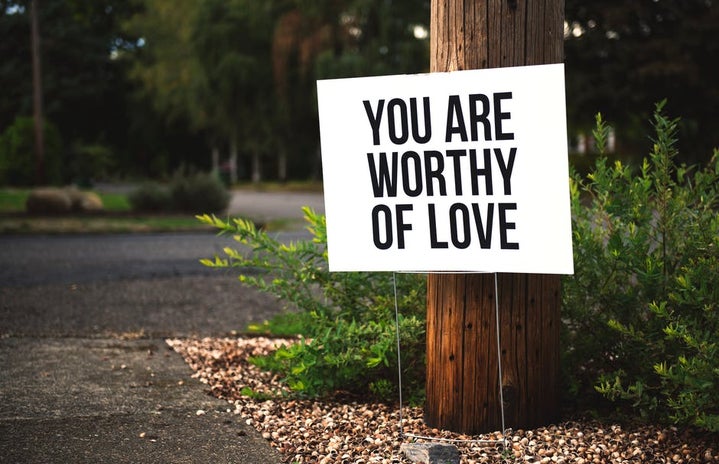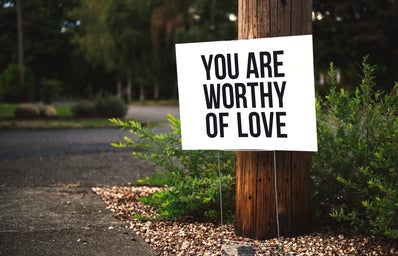Today’s beauty standards make it difficult to feel confident with yourself. It seems like companies are constantly pushing out content that’s designed to make people strive to change themselves. Dove is changing this. For months they have been researching how the media affects young girls and women and now, they are publishing the information in their Real Cost of Beauty Campaign.
This campaign, along with the Dove Self Esteem Project, is the compilation of research on the effect of beauty standards on women. Done in collaboration with the Strategic Training Initiative for the Prevention of Eating Disorders (STRIPED), the project is full of resources to help a variety of individuals on the topic of eating disorders. There is a guide for parents and mentors, workshops for educators, and so much more.
“People who work in eating disorder prevention recognize how harmful beauty ideals can be,” said Doctor Bryn Austin, founder of STRIPED and lead researcher on the campaign. “But what we’ve never seen was somebody pulling it all together to say how is this affecting families? How is this affecting communities, workplaces, our society as a whole, our economy?” These were the questions that Dr. Austin set out to answer through the research for the campaign.
The economic repercussions of beauty ideals are astronomical. Body dissatisfaction costs the United States $84 billion annually. “The financial cost of body dissatisfaction, if we use that money for something more useful, that would be enough money to cover full tuition fees and room and board for an entire year for almost 3,000,000 college students in the U.S,” Austin shared. The financial implications caused by the beauty standards are creating large ripples in the economy.
But physical money is not the only cost. Beauty standards teach girls to tear themselves down from a young age. Pennie Lome is one of the young women featured in the campaign. “I would say I was probably 7 or 8 when I first started feeling self-conscious,” Lome shared. Unfortunately, her story is not the only one that starts at such a young age. The campaign features numerous young people, all sharing their stories.
To learn more about the project, visit the Real Cost of Beauty and the Self Esteem Project pages.


